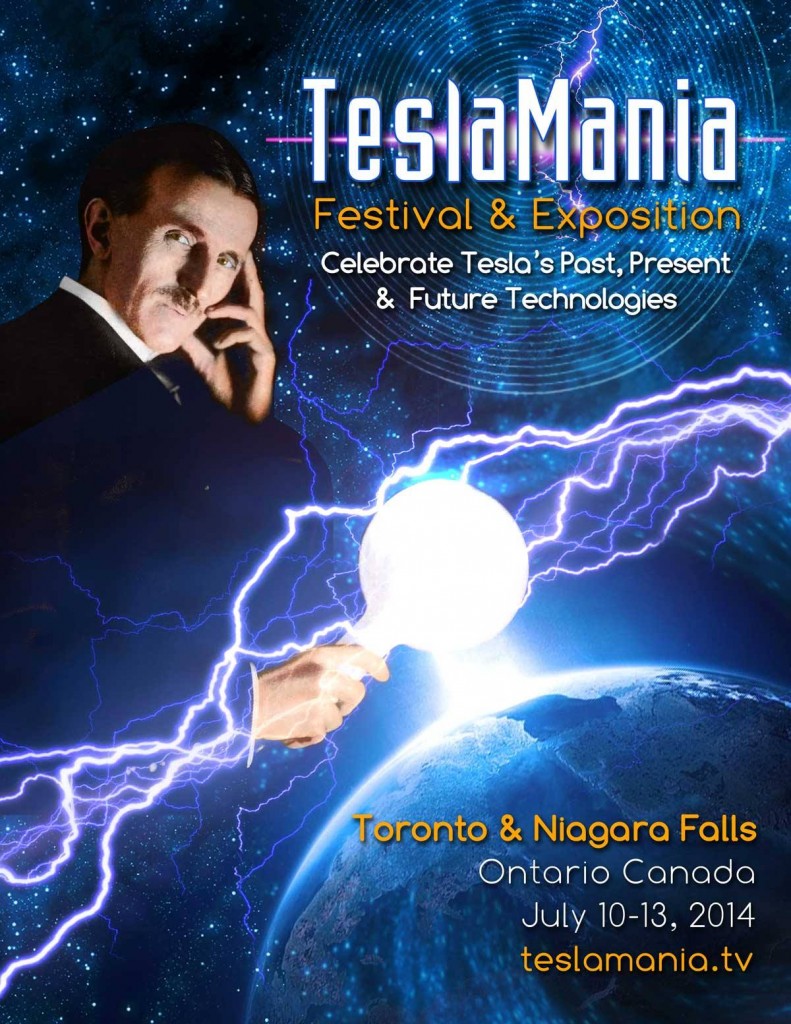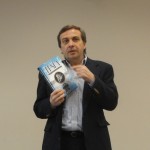 The clock is ticking.The finishing touches are being made. And the countdown has begun. Coming in late June is my new ebook on Nikola Tesla’s interest and advocacy of renewable energy. As I wrote in September of 2012:
The clock is ticking.The finishing touches are being made. And the countdown has begun. Coming in late June is my new ebook on Nikola Tesla’s interest and advocacy of renewable energy. As I wrote in September of 2012:
How many people knew that Nikola Tesla was a proponent of renewable energy? More than 100 years ago Tesla was pushing the idea that fossil fuels – most coal and oil at that time – were not sustainable resources.
Tesla’s first foray into renewable energy, what he called “harnessing the energy of nature,” was his contribution to hydroelectric power at Niagara Falls.
But Tesla didn’t stop there. He looked at other natural sources of energy too, including the sun (solar power), the wind (windmills), and water (tides, ocean waves, even power from the rain). He believed we could harness the power of cosmic rays. He developed a system for geothermal energy. And he believed the energy of the earth could be unlimited.
All of this and more will be discussed in an new ebook to be available in June 2014. But before that happens I need a good title, and I’m asking for your help. Tesla and Renewable Energy is my working title, but perhaps you all can come up with something that has a bit more pop, a bit more excitement, a bit more, well, natural energy.
So if you have an idea for a title that captures the idea of Tesla and Renewable Energy, feel free to write it in the comments to this post. Or you can add it on my Facebook authors page. For everyone that leaves a title idea in the comments below I’ll tell you how you can download the ebook for free! If you “Like” my Facebook authors page you can also get the ebook for free when it comes out.
Watch this page in the future because I’ll also be asking for your help in choosing the final cover for the book. More on that shortly.
If the new Tesla ebook isn’t exciting enough, the second printing of Tesla: The Wizard of Electricity will be in Barnes and Noble stores in July. It should also be available for order on the Barnes and Noble website (maybe even on Amazon). Or you can buy a signed and inscribed copy directly from me.
David J. Kent is the author of Tesla: The Wizard of Electricity. Follow me by subscribing by email on the home page. And feel free to “Like” my Facebook author’s page and connect on LinkedIn. Share with your friends using the buttons below.



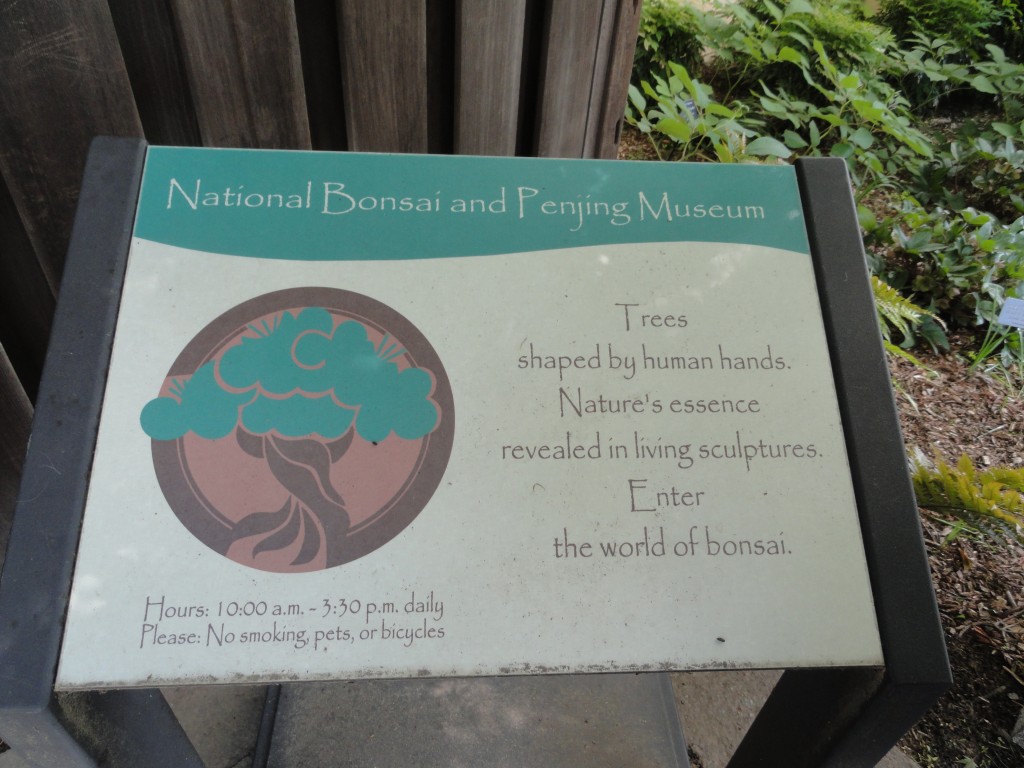
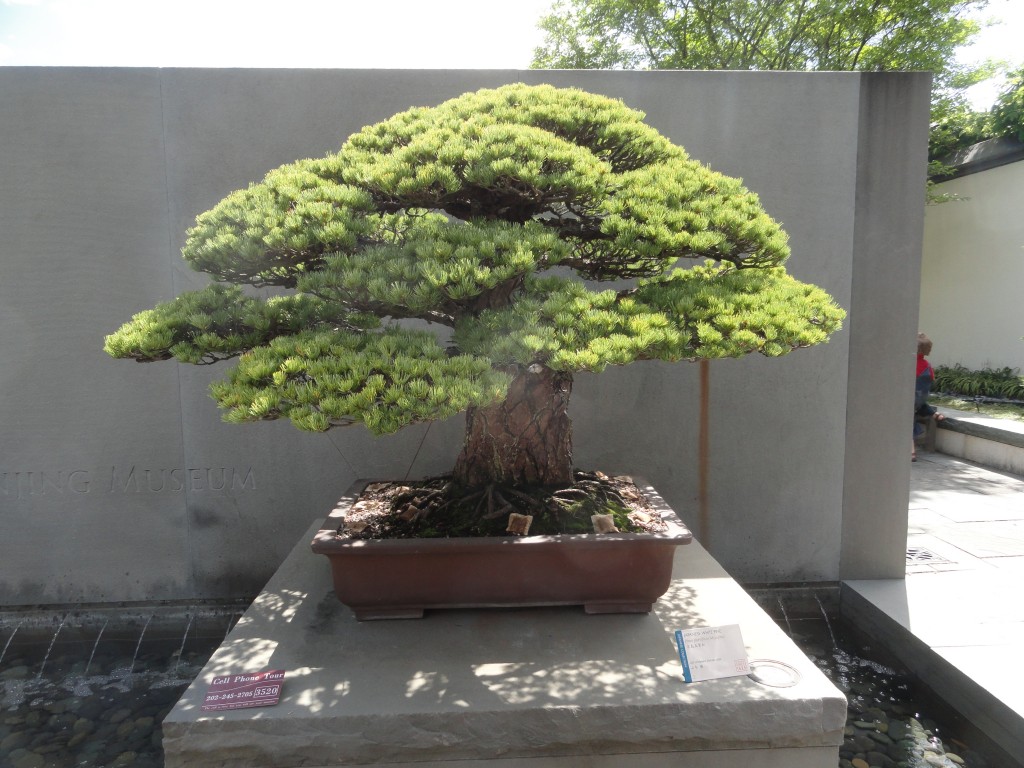
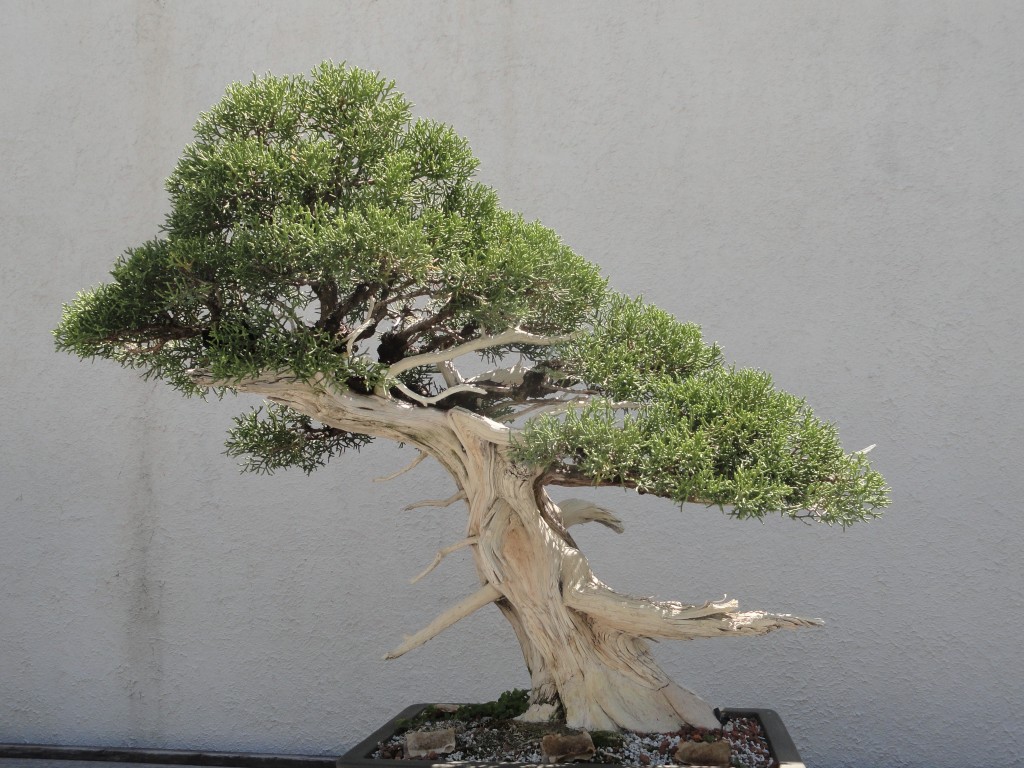
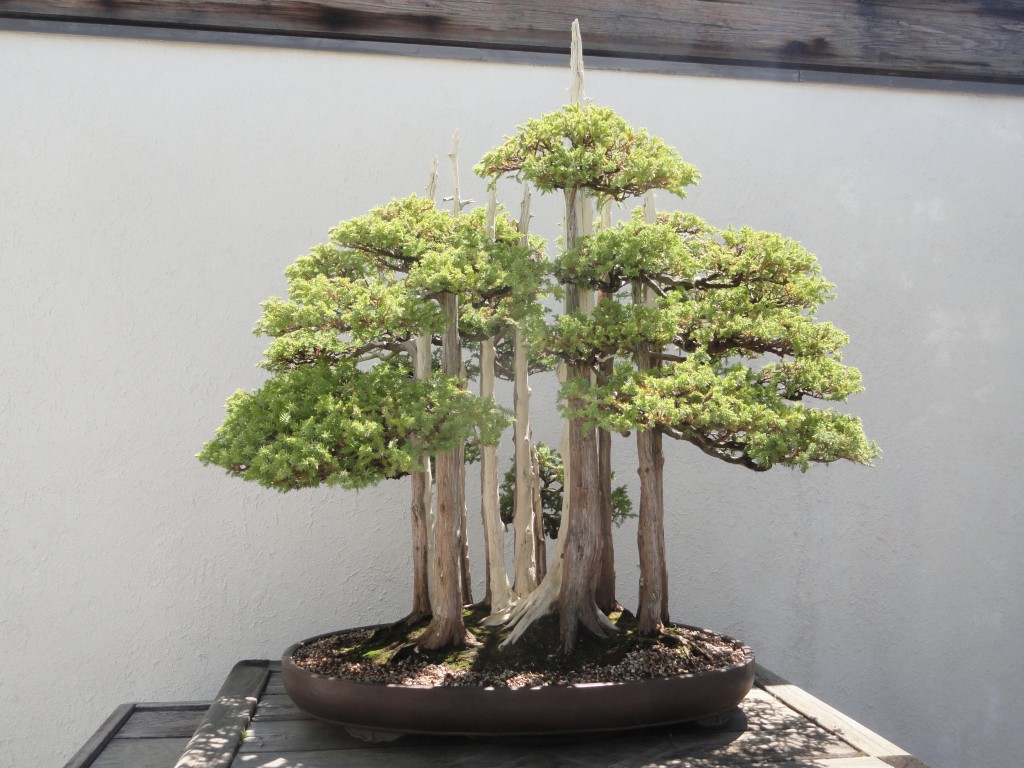
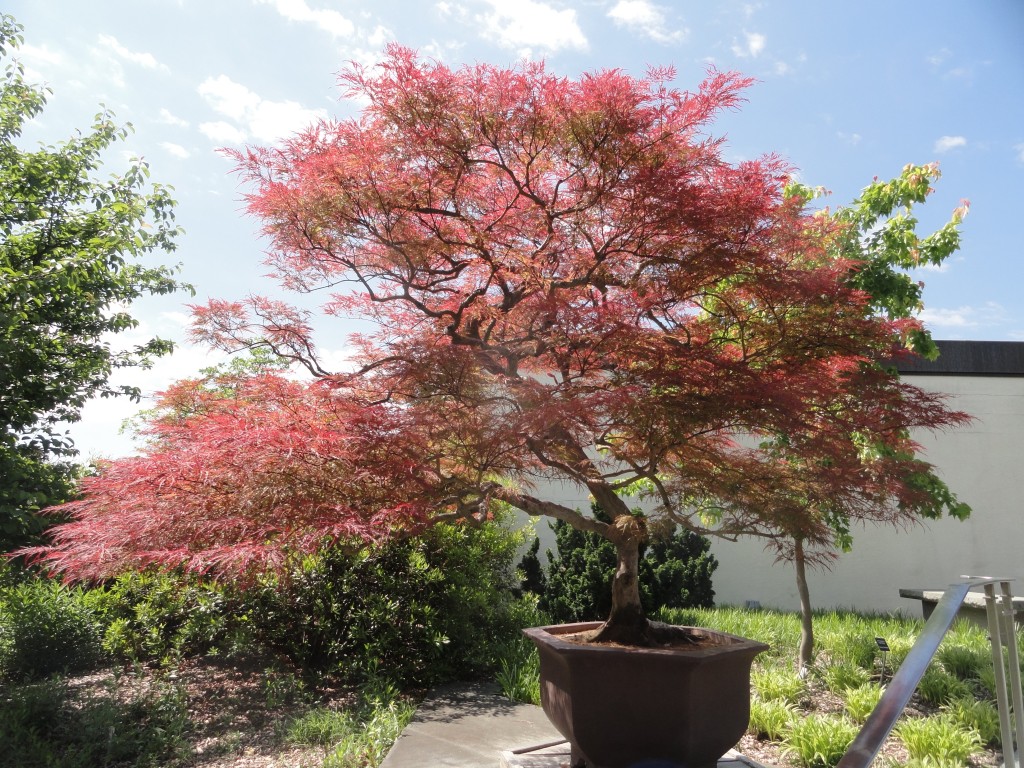
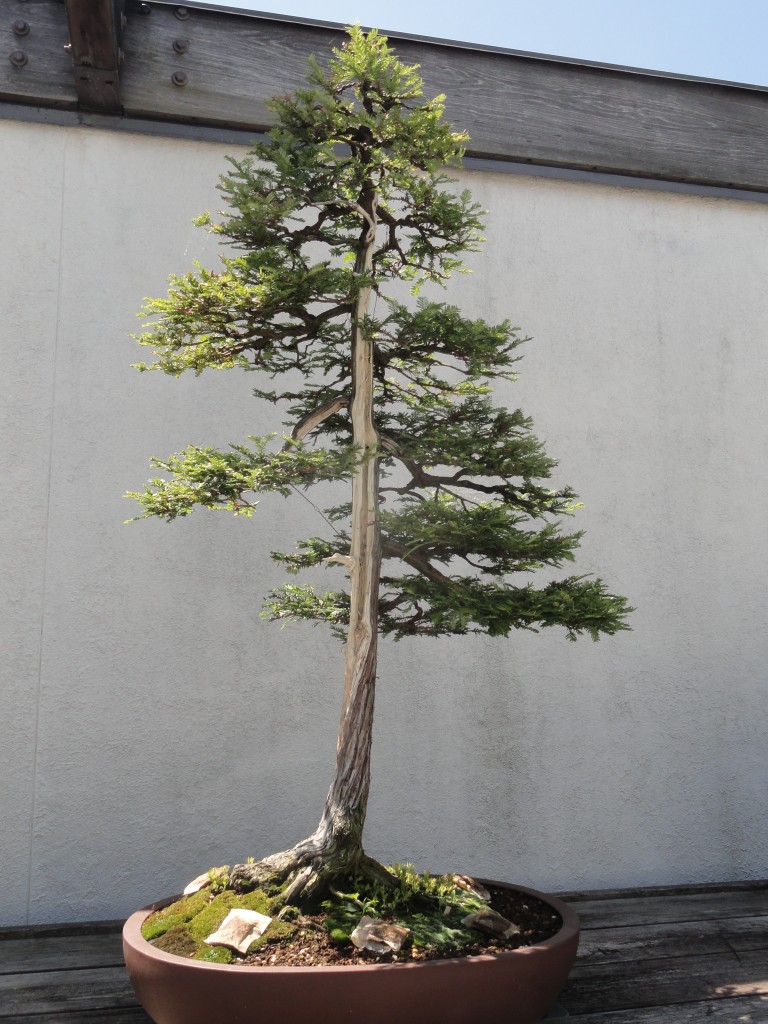
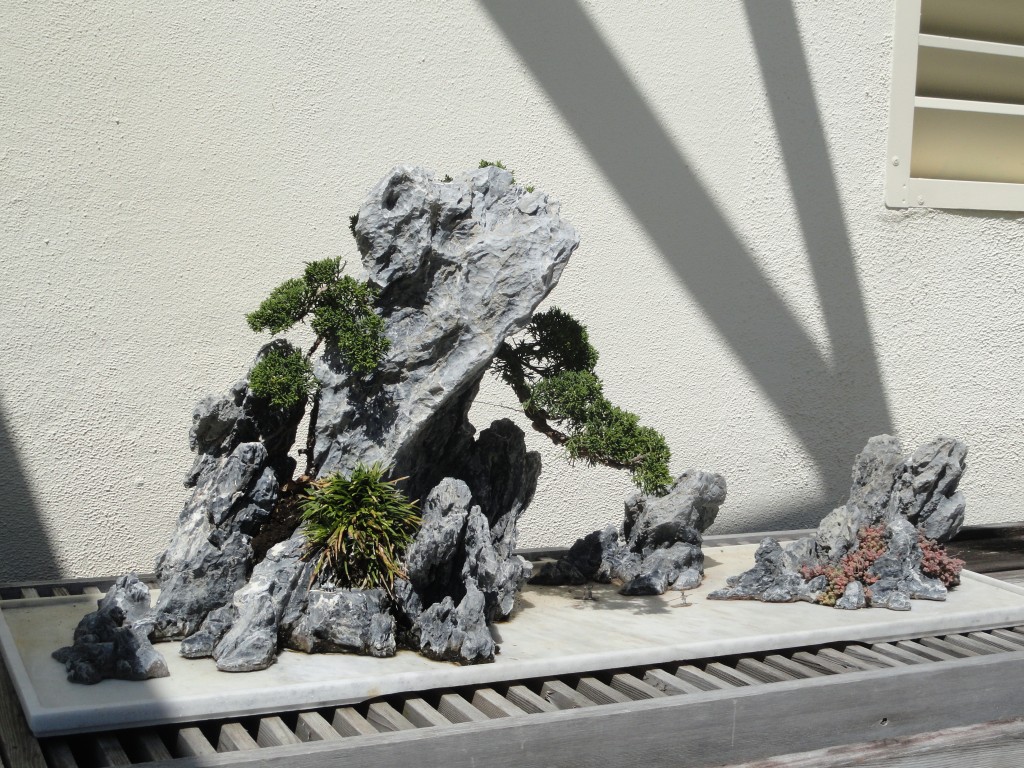
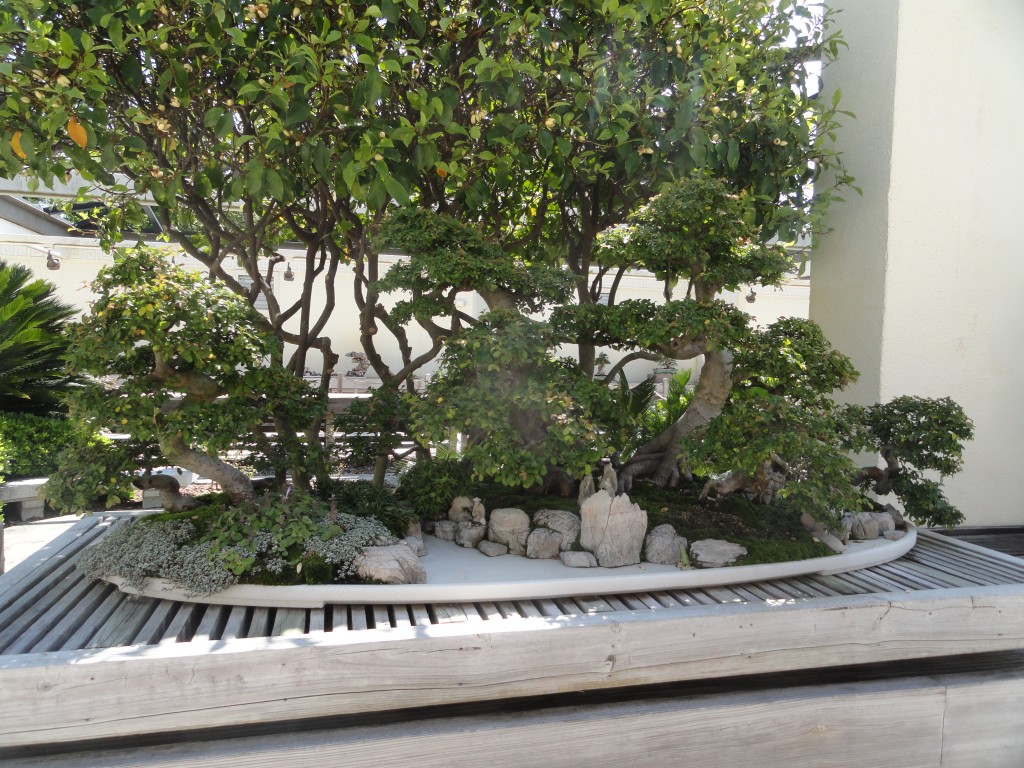
 An exceptionally well researched book recreating Abraham Lincoln’s flatboat trips to New Orleans. Campanella is an expert on New Orleans, and has expanded his expertise upstream to develop a detailed account of Lincoln’s two trips down the Mississippi River. No small feat given that the sum total of all the first person reminiscences of the trips by Lincoln and participants wouldn’t fill a page of text. Campanella’s recreation, like many efforts based on such scant direct information, is not however contrived in the least. On the contrary, the effort he has put into collecting and analyzing fragmented – and often contradictory or dubious – accounts is exemplary.
An exceptionally well researched book recreating Abraham Lincoln’s flatboat trips to New Orleans. Campanella is an expert on New Orleans, and has expanded his expertise upstream to develop a detailed account of Lincoln’s two trips down the Mississippi River. No small feat given that the sum total of all the first person reminiscences of the trips by Lincoln and participants wouldn’t fill a page of text. Campanella’s recreation, like many efforts based on such scant direct information, is not however contrived in the least. On the contrary, the effort he has put into collecting and analyzing fragmented – and often contradictory or dubious – accounts is exemplary.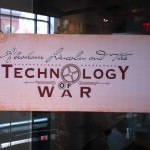 The American Civil War was a crossroads between the old style of warfare and modern warfare. This modern warfare (if one can call the wholesale taking of lives “modern”) is explored in an exhibit in the Ford’s Theatre Center for Education and Leadership called “
The American Civil War was a crossroads between the old style of warfare and modern warfare. This modern warfare (if one can call the wholesale taking of lives “modern”) is explored in an exhibit in the Ford’s Theatre Center for Education and Leadership called “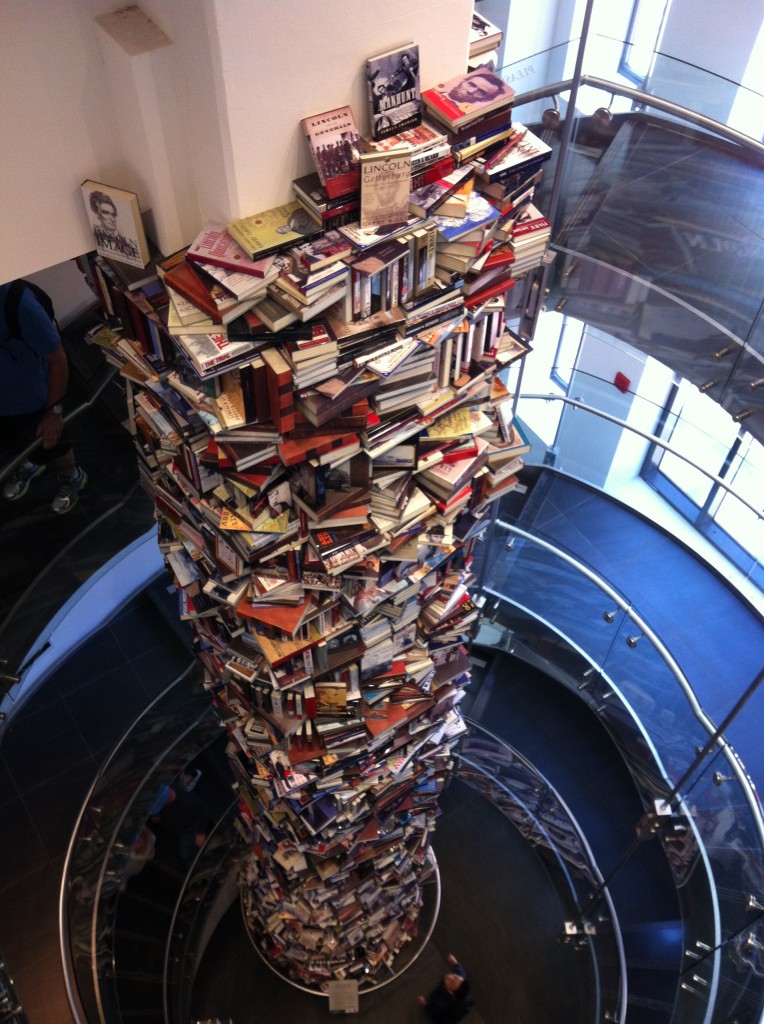
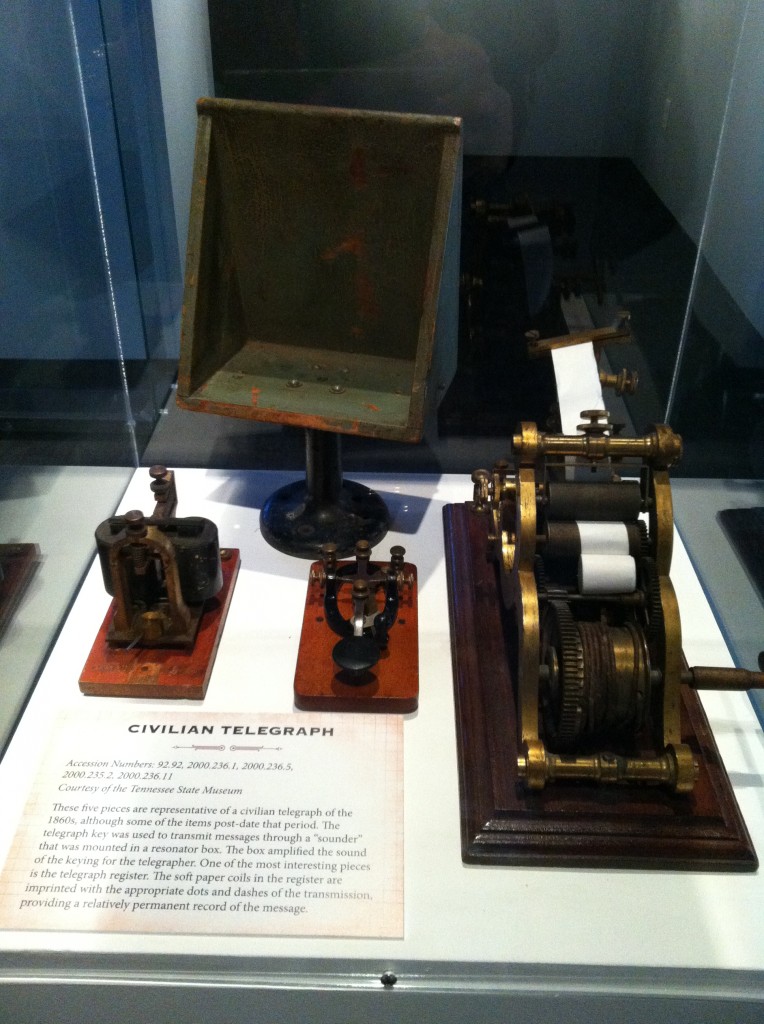
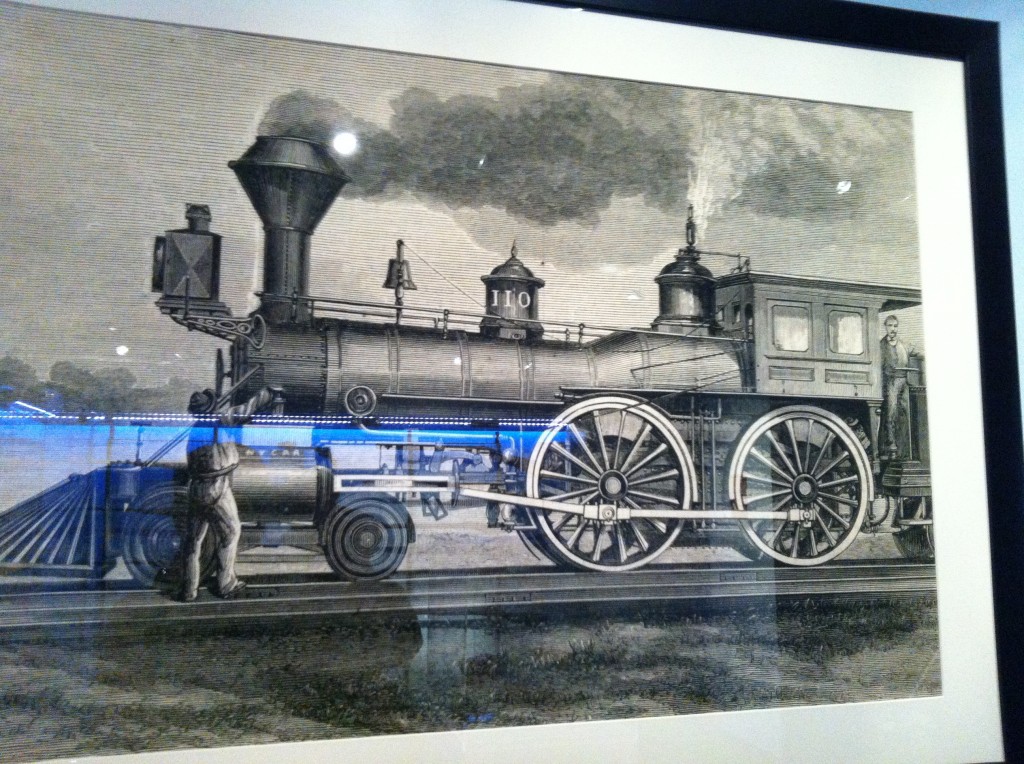 The advancements in railroads, manned balloons, and cannons moved warfare into the modern age. The evolution of basic weaponry – away from single-shot muskets and toward repeating rifles and pistols – increased both the distance and lethality of offense.
The advancements in railroads, manned balloons, and cannons moved warfare into the modern age. The evolution of basic weaponry – away from single-shot muskets and toward repeating rifles and pistols – increased both the distance and lethality of offense.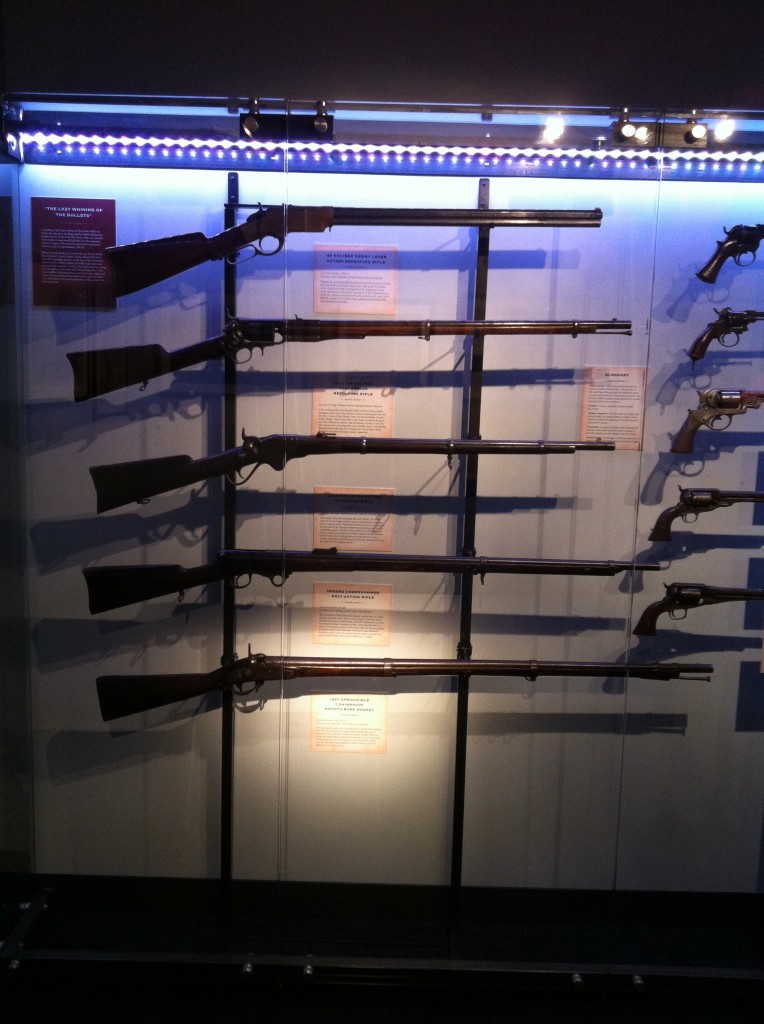
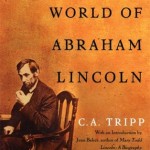 The premise of the book is that Abraham Lincoln was a homosexual, or at least a bisexual. The problem with this premise is that it is purely conjecture and the author does not support it at all. Basically, he just made it up.
The premise of the book is that Abraham Lincoln was a homosexual, or at least a bisexual. The problem with this premise is that it is purely conjecture and the author does not support it at all. Basically, he just made it up.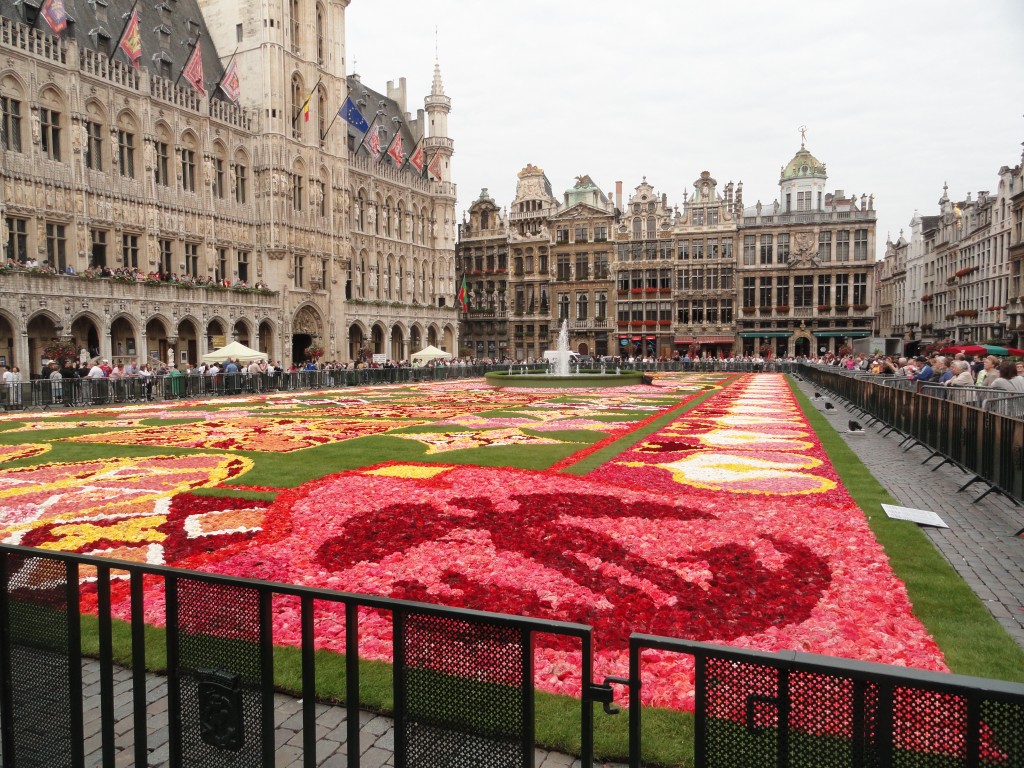
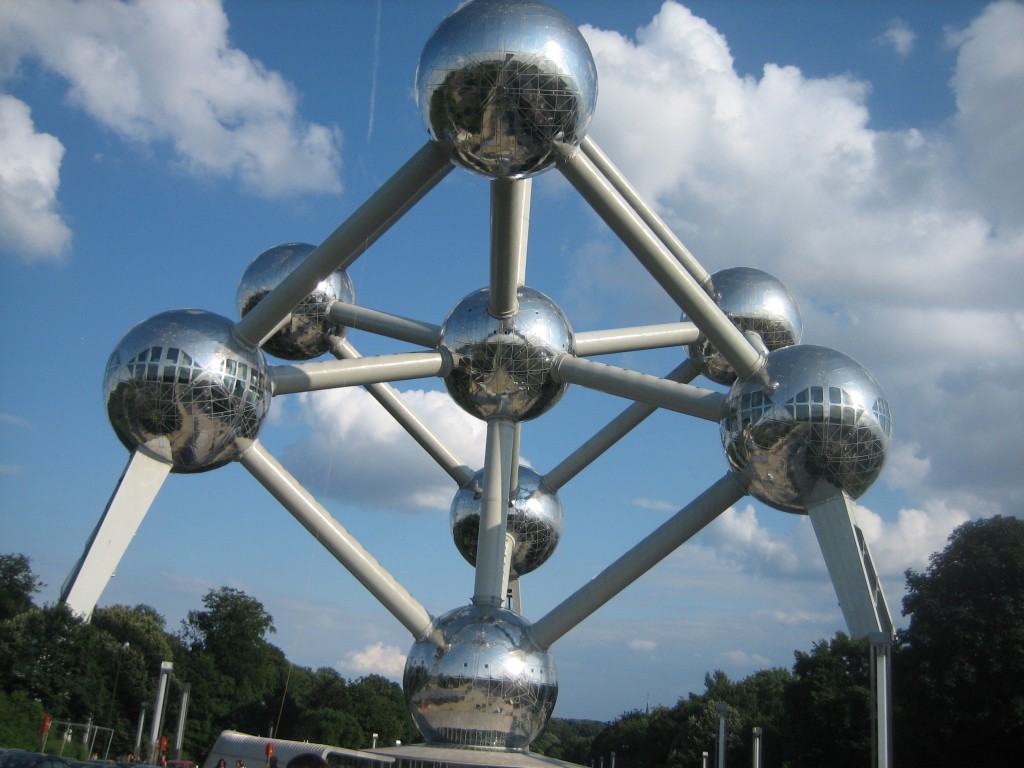
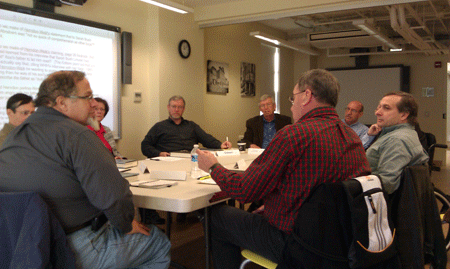
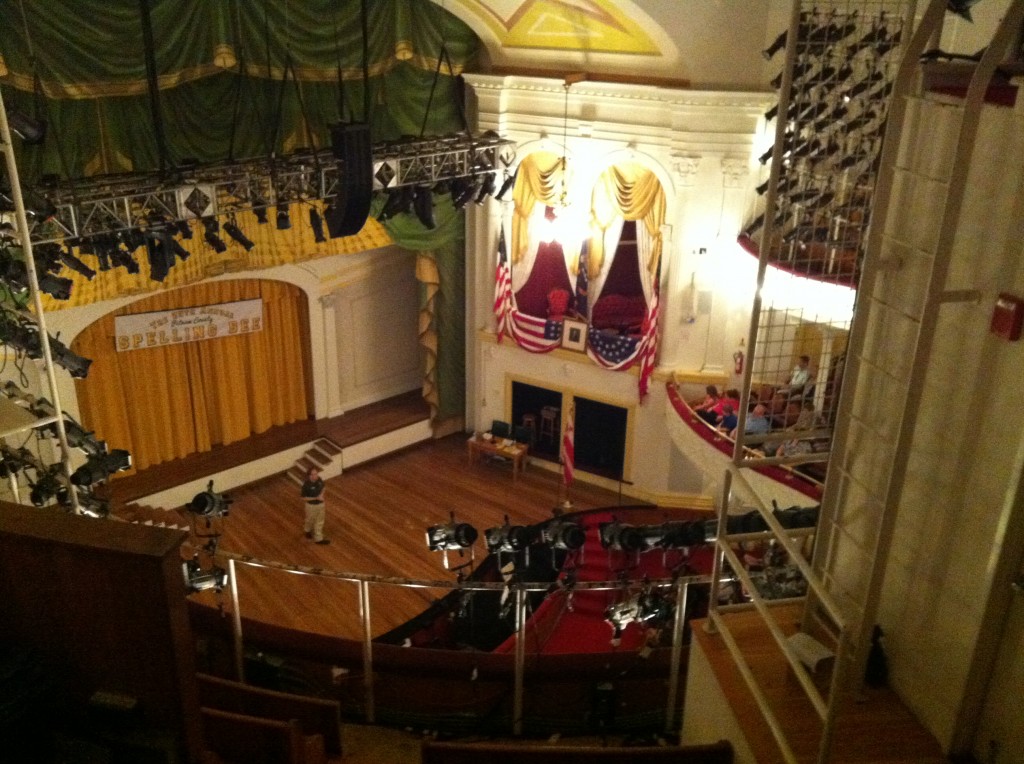
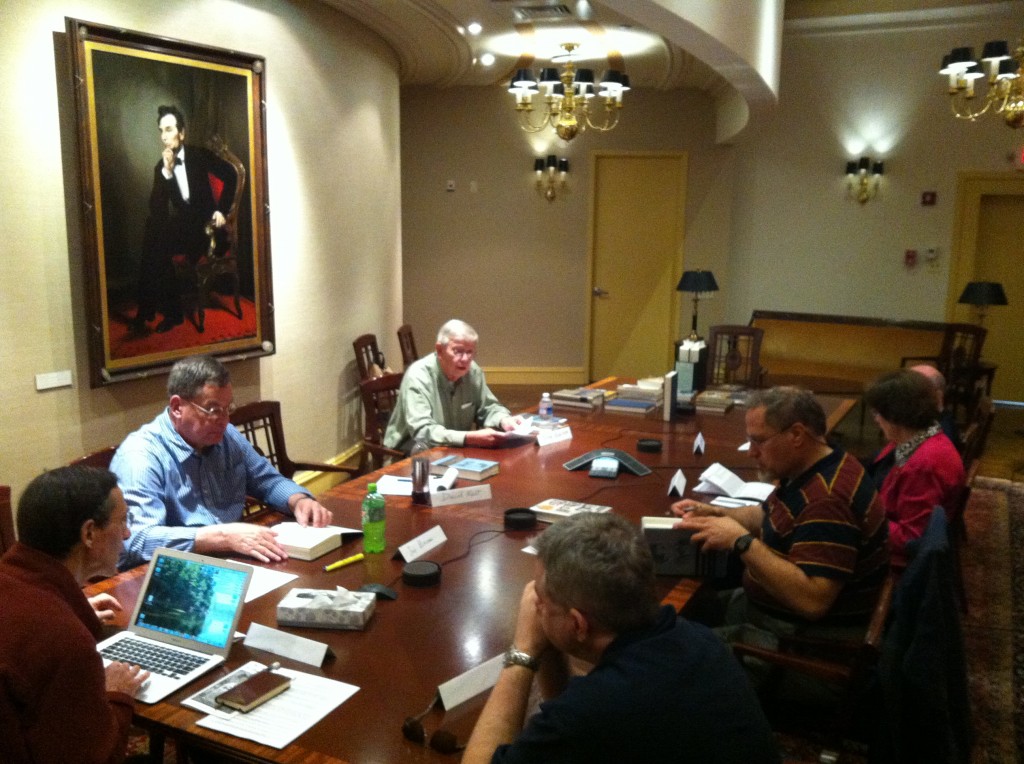

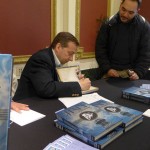 Tesla is popping up all over. And that’s a good thing. Nikola Tesla was one of the most important inventors to the modern world, and yet also one of the least known. That’s been changing over the last few years, which has been reflected in the wonderful reception of
Tesla is popping up all over. And that’s a good thing. Nikola Tesla was one of the most important inventors to the modern world, and yet also one of the least known. That’s been changing over the last few years, which has been reflected in the wonderful reception of 